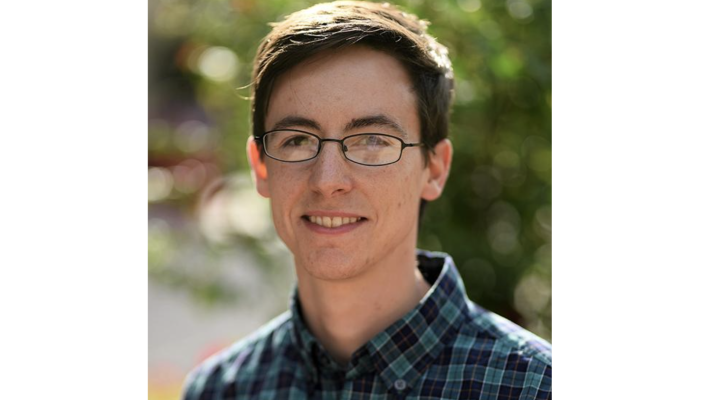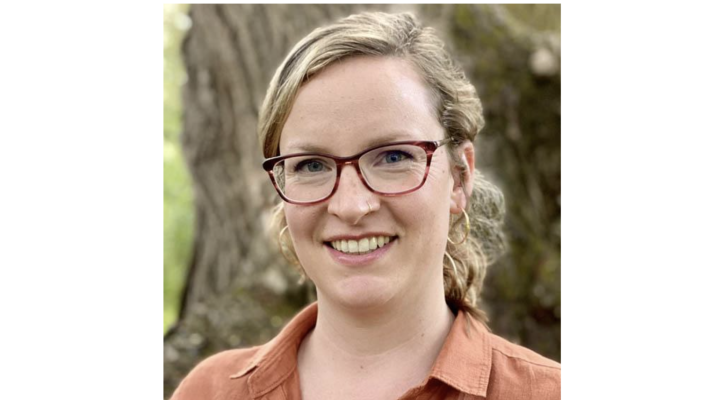For an earth-bound human, Dmitry Savransky has done his share of space exploration. From Mars to planets around other stars, Savransky has seen more of our universe than most of us ever will. “I had always been interested in space,” says Savranksy, “but once I started studying it in school, I found I was attracted in the science behind it.”
Savransky got his first taste of astronomic adventure when he was an undergraduate at Cornell. He started working with astronomy professor James Bell on the Mars Rover missions as a sophomore, and eventually landed a permanent spot on the team once he graduated. “That was pretty amazing,” says Savransky.” It was an insane amount of fun--and made me realize I wanted to keep going with this to a higher level.”
He did just that—pursuing a Ph.D.at Princeton’s Mechanical and Aerospace program, where he worked on direct imaging of extrasolar planets. This method is new, compared to the alternative--indirect imaging. “We have thousands of candidate planets,” says Savransky. “The vast majority of which are seen by indirect means.” These involve watching distant stars closely--when an orbiting planet crosses between the observer and the star, it alters the star’s color and slightly dims its light. “If you very carefully monitor this star, you can actually get the period of this planet,” says Savransky.
While these methods have found many planet candidates, they are not the best techniques to confirm if these planets are real or not. Thus, direct imaging holds appeal. This method actually looks for the light radiated or reflected by the planet. “Direct imaging is like trying to find a firefly next to a lighthouse--from a hundred miles away,” says Savransky. His Ph.D. focused on modeling and designing future direct imaging space missions that could detect and measure that meager light.
For his post-doc at Lawrence Livermore National Laboratory, Savransky shifted his focus. “My work at Princeton focused on planet-detecting instrumentation on spacecraft, but at Livermore I began to work on instrumentation for earth-based telescopes.” Specifically, he worked on the Gemini Planet Imager (GPI), an instrument built for the Gemini Telescope in Chile with the sole purpose of imaging extrasolar planets.
“We’re specifically trying to detect very bright and very young planets that are very unlike Earth,” says Savransky. “We still don’t have a very good idea about how the majority of planets form…there was one model, but suddenly we found all these weird planets that are nothing like what we have in our solar system--so there’s really not good consensus. By getting a good statistical sample of these young planets, we can provide enough data for theoreticians to figure that out.”
Since its installation, the GPI has been “amazingly successful” at gathering data. Just recently, Savransky has had the chance to travel down to Chile with his Livermore Lab team to do the first observational runs for their extrasolar planet surveys--an event that Savransky feels fortunate to take part in. “I have this incredible luck, in terms of timing,” he says, noting that he’s managed to join major, decades-in-the-making scientific projects right when they launch. “With the Mars rovers, I joined the team right when they landed. I joined the GPI team when the instrument was nearly ready to be installed.”
Now at Cornell, Savransky will continue his search for extrasolar planets with the GPI, while also embarking on building a new facility, the Space Imaging and Optical Systems, or SIOS Lab. The lab’s focus will be on developing better technology for automating and aligning the instrumentation of remote telescopes and imaging machinery. “These instruments have an insane number of moving parts, but at the same time, they have to be autonomous--they’re completely out of reach once they’re launched,” says Savransky. It takes intense engineering to ensure that these many moving parts won’t misalign or malfunction to throw off the entire functionality of the instrument, and currently, if something does go wrong, it takes a team of earth-bound scientists to relay specific instructions back to the instrument to ensure it re-adjusts properly. “Our lab is focused on building optical systems that will be self-aligning, and self-healing, systems that can withstand things breaking,” Savransky says. “We’re looking beyond the current technology, at what the next generation of telescopes and instruments will be capable of.”




